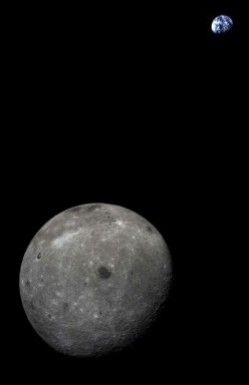Alternative rockets and 2015 launch dates for Cygnus
The heat of competition: Orbital Sciences has pinpointed available launch slots and alternative rockets for getting Cygnus into orbit in 2015.
[Orbital CEO David] Thompson said Wednesday the company has narrowed its options to three launch providers which have openings as early as the second quarter — between April 1 and June 30 — of next year. Two of the launch providers are based in the United States. Orbital could also launch Cygnus missions with a European-based company, Thompson said. The contractors under consideration are presumably United Launch Alliance, SpaceX and Arianespace.
Unlike Virgin Galactic’s claims in my previous post, I find Thompson’s prediction here quite likely. His main problem is not technical but political. He has to convince his competitors to help him, and this story is his first shot across the bow in that negotiation. By making these facts public, Thompson applies pressure on these other companies to agree. And though the request is unstated, he is also enlisting NASA’s aid, since the agency is certain to back him in this negotiation and apply its clout in his favor.
The heat of competition: Orbital Sciences has pinpointed available launch slots and alternative rockets for getting Cygnus into orbit in 2015.
[Orbital CEO David] Thompson said Wednesday the company has narrowed its options to three launch providers which have openings as early as the second quarter — between April 1 and June 30 — of next year. Two of the launch providers are based in the United States. Orbital could also launch Cygnus missions with a European-based company, Thompson said. The contractors under consideration are presumably United Launch Alliance, SpaceX and Arianespace.
Unlike Virgin Galactic’s claims in my previous post, I find Thompson’s prediction here quite likely. His main problem is not technical but political. He has to convince his competitors to help him, and this story is his first shot across the bow in that negotiation. By making these facts public, Thompson applies pressure on these other companies to agree. And though the request is unstated, he is also enlisting NASA’s aid, since the agency is certain to back him in this negotiation and apply its clout in his favor.

